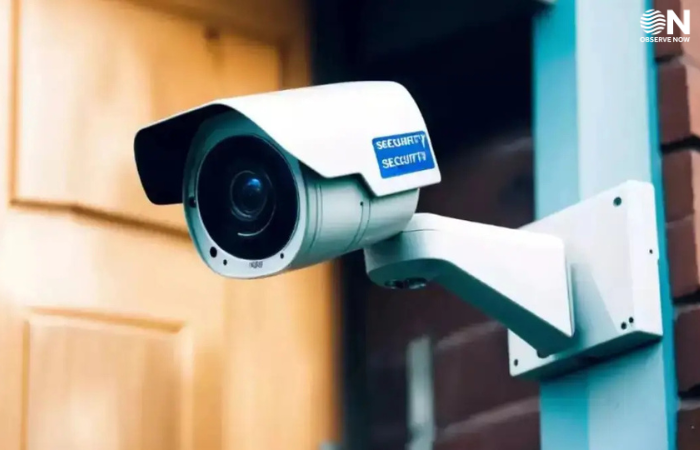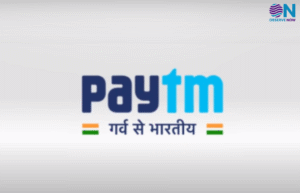Odisha to Deploy AI Cameras in Government Offices to Bolster Discipline and Efficiency

In a significant move to modernize governance and strengthen workplace discipline, the Odisha government has announced the installation of AI-powered cameras across state offices. The initiative will begin at two key administrative hubs—Lok Seva Bhavan and Kharavela Bhavan in Bhubaneswar—before gradually expanding to district and sub-district offices.
These AI-enabled systems go far beyond standard CCTV surveillance. They will use facial recognition and intelligent tracking to record attendance, monitor employee presence, and identify patterns of non-productive behavior. For instance, the technology can detect employees who leave immediately after clocking in or spend extended periods away from work. Such data will be compiled into performance reports, enabling targeted action against repeated non-compliance.
The state’s Chief Secretary emphasized that this is part of a larger drive to instill accountability in the public sector. Officials who consistently underperform, even after warnings, may be considered for premature or voluntary retirement. The aim, according to senior officials, is not punitive action for its own sake, but to build a more efficient and responsive administrative system.
Complementing the camera project, the government has drawn up a 15-day action plan to streamline decision-making and speed up service delivery. This includes the creation of a Chief Minister’s dashboard for real-time tracking of official work, monthly reviews of centrally sponsored schemes, and stricter oversight on project execution timelines. Department heads and district collectors will be held directly responsible for progress in their respective areas.
The initiative is also linked to broader anti-corruption and transparency measures. By using AI to generate unbiased attendance and performance data, the state hopes to reduce favoritism, curb absenteeism, and improve overall public service quality. Alongside, measures are being introduced to enhance grievance redressal, improve procurement processes, and make information more accessible to citizens.
Experts note that Odisha’s plan could become a model for other states if implemented effectively. The integration of advanced surveillance with performance evaluation promises to address chronic inefficiencies in government operations. However, some caution that data privacy safeguards will be crucial to ensure the technology is used responsibly. Balancing strict monitoring with trust between employees and administration will ultimately determine the program’s acceptance and sustainability.
If successful, the AI camera deployment could mark a turning point in how Indian state governments manage human resources—making governance not just faster and more transparent, but also more accountable to the public it serves.
















